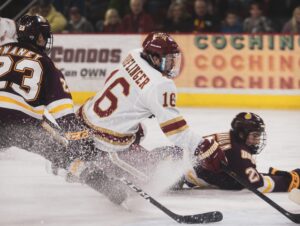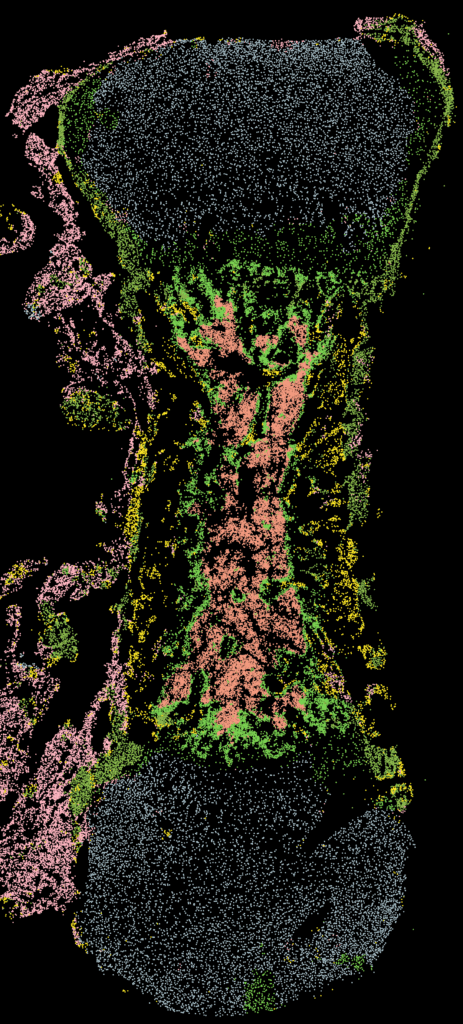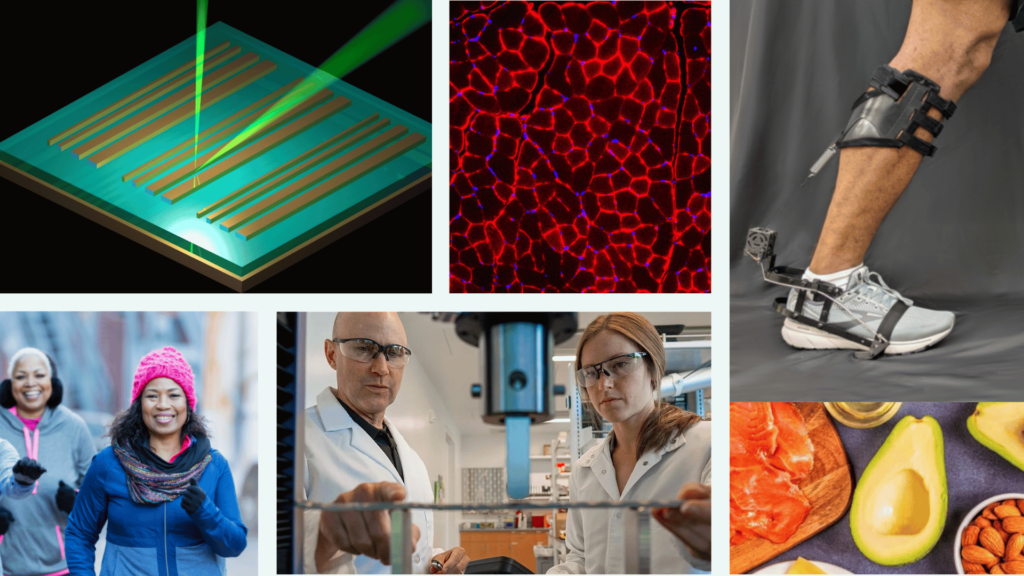Review of portable sensors for ACL injury and rehabilitation
Collaborators

This month, NHL hockey player Mason Shaw of the Minnesota Wild tore his anterior cruciate ligament (ACL), the thin band of tissue inside the knee that connects the femur to the shinbone. Shaw is only 24 years old, and this is his fourth ACL injury. The road to recovery can take months and potentially up to a year, depending on the severity of the tear.
ACL injuries are a challenge not just for hockey players like Shaw. As many as 400,000 ACL injuries occur annually in the United States, resulting in more than 129,000 reconstruction surgeries and over $2 billion in health care costs. Nearly half of these patients are under 20 years of age, and over 20% will likely suffer from reinjury.

Portable sensors could potentially provide accurate ACL injury risk assessment and make monitoring ACL rehabilitation accessible and affordable. But there are many outstanding questions about these applications. So Wu Tsai Human Performance Alliance members Dr. Akshay Chaudhari and postdoctoral scholar Dr. Alan Tan from Stanford University summarized the current literature on portable sensing for ACL injury and reconstruction, and offered their perspectives on new opportunities for future research and development. The paper is published in npj Digital Medicine.
The team reviewed 49 original research articles yielded from a systematic literature search, 98% of which were published since 2007 and 51% since 2019. The most common portable sensors were inertial measurement units (IMUs), depth cameras, and RGB cameras.
Highlighted Takeaways
Several advances will enable widespread use of portable-sensing approaches for ACL injury prevention and rehabilitation.
-
-
- Clinical validation of existing approaches: Only 4% of studies proved their utility among the target population outside of laboratories. There is a need to establish the validity and reliability of sensor-based measures and assess their clinical utility.
-
- Exploration of modeling techniques: Portable sensors coupled with neural networks and musculoskeletal simulation could be explored further to develop more accurate approaches for ACL-related assessment.
-
- Standardization of data collection and creation of large benchmark datasets: There is a need for a standardized pipeline of sensor deployment, data processing, archiving, and data sharing. This could enable multi-center data collection, such as from a large number of athletes in the real world.
-
These advances, coupled with the sheer amount of portable sensor data, may enable opportunities to perform large-scale prospective studies and identify new ACL injury risk factors. It would transform how we monitor and mitigate high-risk movements, allow us to customize rehabilitation paradigms for improved long-term health outcomes, and provide a foundation to quantify return-to-sport readiness.
For the complete summary of the literature and additional perspectives, read the full paper.
This work was done in collaboration with the Wu Tsai Human Performance Alliance’s Digital Athlete program. Co-authors include Anthony A. Gatti, Bingfei Fan, Kevin G. Shea, Seth L. Sherman, Scott D. Uhlrich, Jennifer L. Hicks, Scott L. Delp, and Peter B. Shull.
Latest News

May 29, 2025
Is exercise before sleep linked with poorer sleep?

May 23, 2025
Skeletal stem cells key to stronger bones, better healing

March 13, 2025
Wu Tsai Human Performance Alliance Research Round-Up – March 2025
Get Engaged
Join our mailing list to receive the latest information and updates on the Wu Tsai Human Performance Alliance.
